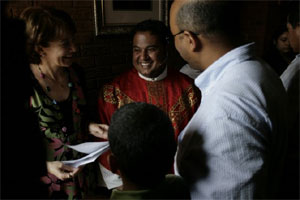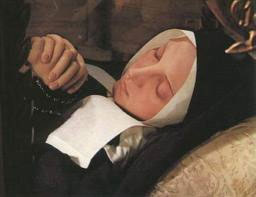Supporting our Priests
I once spoke with a priest of a large suburban parish with thousands of members, who told me that he could count the number of dinner invitations he had received over the past year from his parishioners on one hand. This shocked me as I knew he was very busy with his ministry, and I assumed that he was frequently invited to the homes and activities of his parishioners. Yet such was not the case.
It is easy to take our priests for granted. Our priests are men who have sacrificed everything—marriage, family, children—for the sake of the Gospel.1 And yet they are but men who, like everyone, need to be encouraged, welcomed, and loved.
Let us find ways to involve them in the lives of our families. Let us pray for them that they will grow in the grace of God and be protected from the attacks of the enemy;
And let us pray the Lord to send more priestly laborers into the harvest fields, so that the People of God might be sanctified, supported, and led in our earthly pilgrimage toward our Father’s House.
1 – cf. Mt. 19:10-12; 1 Cor. 7:32-35




